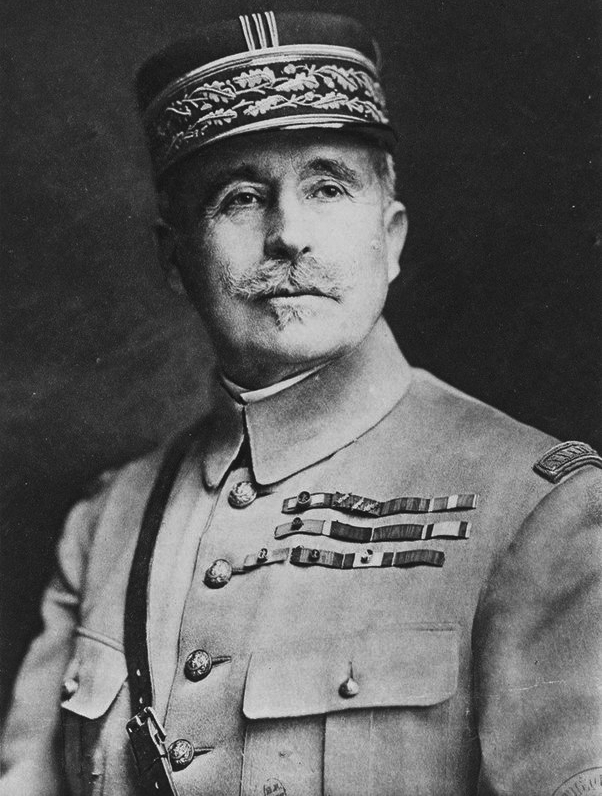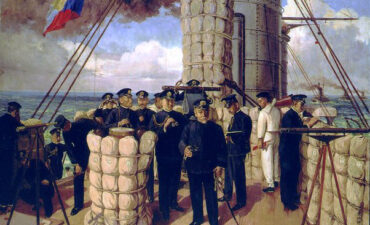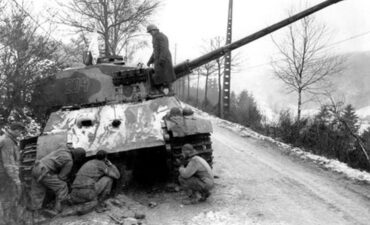How close was the French army to destruction during the 1917 coup? The French Army faced a severe crisis during the 1917 mutinies, which were widespread and involved a significant portion of the troops on the Western Front. While the mutinies represented a critical breakdown in military discipline and morale, they did not bring the French Army to the brink of total collapse. Here’s a closer look at the situation:
Causes of the Mutinies
War Fatigue: By 1917, the war had dragged on for three years with high casualties and little progress, leading to widespread disillusionment among soldiers.
Failed Offensives: The Nivelle Offensive, launched in April 1917, was a major failure, resulting in heavy casualties and no significant gains, which deeply demoralized the troops.
Poor Living Conditions: Soldiers endured harsh conditions in the trenches, with inadequate food, rest, and medical care.
Home Front Issues: Reports from home about economic hardship and social strife further eroded the soldiers’ morale.
Extent of the Mutinies
Scale: Approximately 40,000 to 50,000 soldiers were involved in the mutinies, which affected about half of the French divisions on the Western Front.
Nature: The mutinies ranged from passive resistance, such as refusing to go to the front lines, to more active forms of protest, including demonstrations and the formation of soldiers’ councils.
Response to the Mutinies
Leadership Change: General Robert Nivelle was replaced by General Philippe Pétain, who took a more cautious approach to offensives and focused on rebuilding morale.
Reforms and Concessions: Pétain improved living conditions, increased leave for soldiers, and promised no more large-scale offensives without proper preparation.
Repression: The military leadership also took stern measures to restore discipline. Around 3,400 soldiers were court-martialed, with 554 sentenced to death, though only 49 executions were carried out.
Outcome
Restoration of Discipline: By the autumn of 1917, discipline was largely restored, and the French Army was able to continue fighting effectively.
Impact on Strategy: The French military strategy became more defensive and cautious for the remainder of 1917 and into 1918, avoiding large-scale offensives until American reinforcements arrived and the situation improved.
Conclusion
While the 1917 mutinies posed a significant threat to the French Army’s ability to continue fighting, they did not lead to a complete collapse. The crisis was managed through a combination of leadership changes, reforms, and a measured response to discipline issues, allowing the French Army to recover and continue contributing to the eventual Allied victory in 1918.








